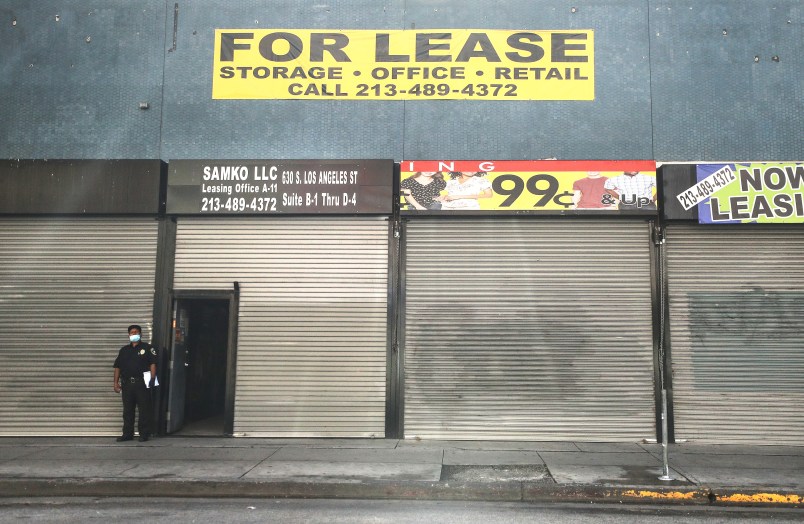I wrote last week about how the economic relief package known as the CARES Act is severely lacking. One particularly troubling aspect is that the Small Business Administration is tasked with overseeing a $350 billion dollar fund designed to provide cash for small businesses so they can avoid laying people off. This is problematic because it’s something like 10 times the volume of emergency loans they usually deal with on an annual basis.
The devil is in the details, but the gist of that fund, known as the Paycheck Protection Program, is that businesses with fewer than 500 employees can apply for a loan. At the end of the set period of time, if the employer has not laid anyone off, the loan is completely forgiven. There are of course a host of details about how much money a business can receive and some other things but they are irrelevant for the purposes of this post.
There are two potential major issues. The first is that this is simply not enough money. Yesterday’s very bad manufacturing data, combined with back-to-back record setting unemployment figures paint a grim picture. There simply will not be enough consumption. This could be addressed with additional stimulus but Mitch McConnell is already tossing cold water on that.
The more immediate issue is getting cash to the businesses who need it now. And banks are already saying they aren’t ready for this. While the U.S. Treasury and the SBA back the loans, it’s banks who actually accept applications and dole out the money. And they are saying they have both operational and technical questions about the program which is supposed to launch tomorrow.
This from the Politico article gets to the heart of the matter:
“The choice in administering the program is binary: If the primary goal is to make many loans in a short period of time, then the process must be automated, and the lender must be able to rely on a borrower attestation,” the banks told Treasury. “If the primary goal is for the loans to be underwritten to ensure on the front end that all program requirements are met, then lenders will need to establish a process — which will necessarily be manual — to ensure that payroll calculations and other requirements are met. This in turn will entail a delay of weeks or months as lenders establish the necessary policies and procedures and train their personnel.”
TL;DR: If the goal is speed, the application and verification process has to be automated. If the primary goal is making sure the “right” people get the money, it needs to be manual. But banks say they can’t have a speed-oriented goal, with a manual process.
This is of critical importance because small businesses do not carry a lot of cash, often no more than a month or two. As Josh mentioned previously, we at TPM understand this very well as we are a small business ourselves and we frequently deal with other vendors who are small businesses.
This issue is not all that different from the seemingly never-ending debate about means testing. In times of economic crisis, people need cash. They don’t need debt relief or tax credits or loans-that-convert to grants. They need cash. Cash is the lifeblood of the economy that makes it go. The simpler the mechanism to get people and businesses the cash, the better. Speed and volume are by far the most important aspects of a relief program.






